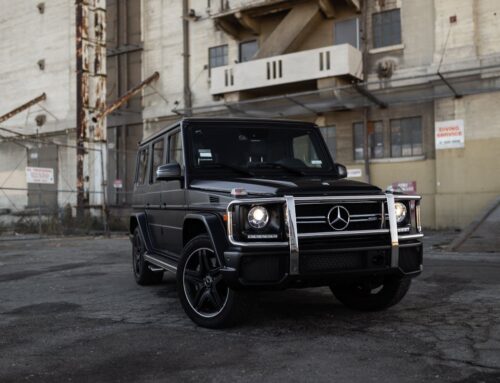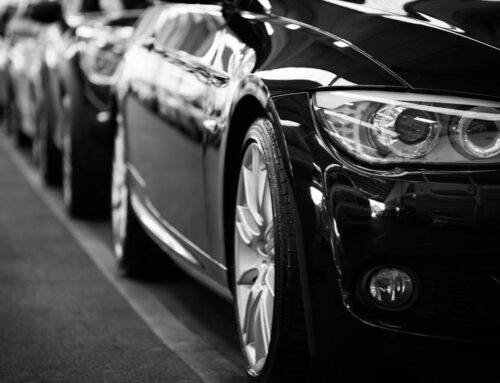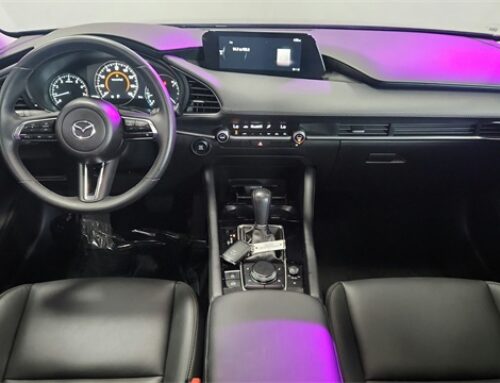A Look Back at the 1931 Ford Model A Roadster and Its Hot Rod Legacy
When you think about the roots of American car culture, few images are as iconic as a chopped and channeled 1931 Ford Model A roadster roaring down a sun-bleached highway in Southern California. This car wasn’t just transportation. It was a canvas for creativity, speed, and individual expression. Early hot rodders turned this humble pre-war Ford into something far more thrilling. Today, these modifications are as celebrated as the car itself.
Let’s take a closer look at what made the 1931 Model A roadster such a favorite among early hot rod builders, and why the setup with the Model A chassis, Deuce grille shell, and chrome-hatted carburetors became a hallmark of this golden era.
The 1931 Model A Roadster: An Ideal Starting Point
Ford introduced the Model A in 1927 as the successor to the Model T. It was a leap forward in terms of drivability, comfort, and styling. The 1931 roadster, one of the final versions of the Model A, was particularly popular thanks to its open-top design, lightweight body, and strong yet simple chassis.
By the late 1930s and 1940s, young mechanics and racers nationwide (especially in California) began seeking out old Model A cars at junkyards or from neighbors. They weren’t interested in stock restoration. They wanted to make them faster, lower, and cooler. The 1931 roadster offered just the right balance of style and affordability.
Key Modifications That Defined the Era
Early hot rodders were not working with big budgets or expensive parts. What they lacked in money, they made up for in ingenuity. Here are some of the most common and influential modifications that helped define the hot rod style:
- Chassis and Body
The stock 1931 Model A chassis was often retained but modified for a lower stance and sleeker profile. Builders would “channel” the body, essentially dropping the body down over the frame to give the car a more aggressive and road-hugging look. In some cases, the frame was Z’d or notched in the rear to achieve additional lowering. - Deuce Grille Shell
One of the most iconic swaps was the use of a 1932 Ford grille shell, also known as the “Deuce grille.” The 1932 Ford had a more refined and pointed front end compared to the squarer Model A. Installing this shell not only gave the hot rod a sleeker look but also became a signature visual cue that separated a true hot rod from a backyard build. - Chrome-Hatted Carburetors
Under the hood, appearance mattered almost as much as performance. Hot rodders began to top their carburetors with polished, chrome-plated scoops — sometimes referred to as chrome-hatted carburetors. These shiny components didn’t just look good at car meets. They also signaled performance upgrades that lurked below, from ported intake manifolds to bored-out cylinders. - Dropped Axles and Updated Suspension
Builders often used a dropped front axle to bring the front end closer to the ground, improving the stance and handling. Leaf springs were shortened or modified, and shocks were updated from original lever-arm types to more modern telescopic designs. These changes made a big difference in both the car’s look and its ability to grip the road. - Paint and Trim
While performance was the heart of any good hot rod, style was always part of the story. Popular paint schemes included deep blacks, bright reds, or custom metallic finishes. Pinstriping was often added by hand, and unnecessary trim was shaved off the body to emphasize clean lines and smooth surfaces.
The Cultural Impact
What started as a grassroots movement of teenagers and garage tinkerers quickly grew into a nationwide phenomenon. The Model A roadster became a centerpiece of postwar American car culture, particularly in this highly modified form. It was featured in early issues of Hot Rod Magazine and regularly appeared in races at El Mirage or on the dry lakes outside Los Angeles.
The 1931 Model A with a Deuce grille shell and chrome-hatted carburetors became a symbol of freedom and individuality — values that still echo through today’s car scene. It also helped give rise to entire industries, from aftermarket parts to performance tuning and custom fabrication.
Why It Still Matters Today
Modern hot rods may be built with cutting-edge tools and technologies, but the soul of the hobby remains rooted in builds like the 1931 Model A roadster. Enthusiasts today still seek out vintage parts to recreate these classic combinations, and you’ll often see this exact setup at car shows, barn finds, and restoration shops.
Documenting and preserving this history is essential. Each chopped frame, each polished carburetor cap, and each grille swap tells a story not just about cars, but about the people who loved and lived with them. The 1931 Model A hot rod wasn’t just a machine — it was an expression of passion.




